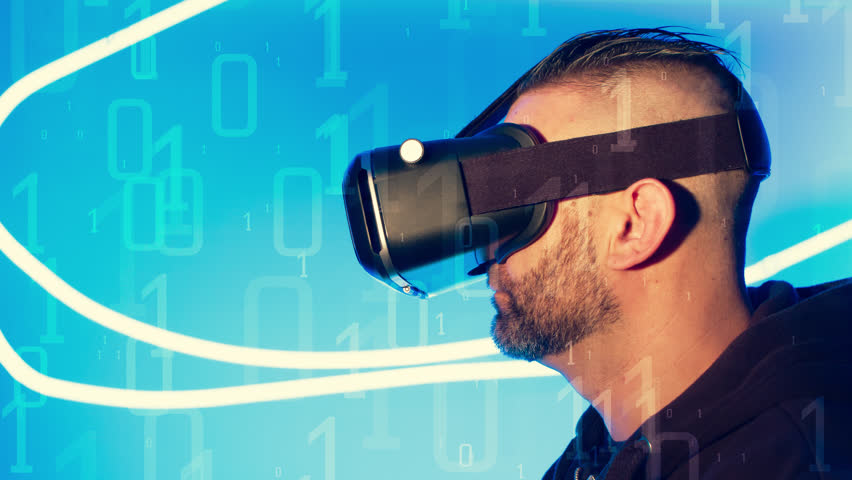 IDC forecasts worldwide shipments of Virtual Reality (VR) hardware to skyrocket in 2016, with total volumes reaching 9.6 million units. Furthermore, the global market intelligence firm identified AR/VR as one of six innovation accelerators that will drive digital transformation in the coming years by opening new revenue streams and changing the way people work.
IDC forecasts worldwide shipments of Virtual Reality (VR) hardware to skyrocket in 2016, with total volumes reaching 9.6 million units. Furthermore, the global market intelligence firm identified AR/VR as one of six innovation accelerators that will drive digital transformation in the coming years by opening new revenue streams and changing the way people work.
Led by key products from Samsung, Sony, HTC, and Oculus, VR is expected to generate hardware revenues of approximately $2.3 billion in 2016, while Augmented Reality (AR) hardware will gain momentum over the next few years. According to the company’s first worldwide AR/VR forecast, the combined device markets will see hardware shipments surge past 110 million units in 2020.
Most importantly, IDC has identified three major device categories across the Augmented and Virtual Reality markets, including:
• Screenless viewers that use the screen of specific smartphones to drive an AR/VR experience (example: Samsung Gear VR)
• Tethered Head Mounted Displays (HMDs) that utilize an existing computer device such as a PC, game console, or even a smartphone to drive a head-worn display (example: Oculus Rift)
• Standalone HMDs that integrate processing within the head-worn display itself (example: Microsoft HoloLens).
IDC is specifically not forecasting Google Cardboard-based products in its totals, nor any other viewer accessory that lacks electronics. However, each category mentioned will have a role to play in the growth of the broader AR/VR market.
"In 2016, the first major VR Tethered HMDs from Oculus, HTC, and Sony should drive combined shipments of over 2 million units," said Tom Mainelli, vice president for Devices & Displays at IDC. "When you combine this with robust shipments of screenless viewers from Samsung and other vendors launching later this year, you start to see the beginning of a reasonable installed base for content creators to target."
"Video games will clearly be the lead rationale for people to pick up an Oculus Rift, HTC Vive, or PlayStation VR this year," added Lewis Ward, research director of Gaming. "While there have been some launch window hardware shipment hiccups that must be addressed near-term, I'm confident that they will be ironed out before the holiday season. The addition of exciting new titles will lead to a new wave of VR HMD hardware interest among those buying for themselves or family members and friends."
IDC expects AR hardware to take longer to bring to market. "While development kits from players such as Microsoft, Meta, and others point to a strong future in AR hardware, these devices are dramatically harder to produce than VR products," said Mainelli. "Doing this right is more important than doing it fast, and we urge the industry to continue its slow and steady approach to hardware development here, as AR is going to have a profound impact on the way we interact with technology and the way we do our jobs for many years to come. In the meantime, we expect companies to begin experimenting with AR software on devices already in use: smartphones and tablets."
Source: IDC - Worldwide Augmented and Virtual Reality Hardware Forecast, 2016–2020


